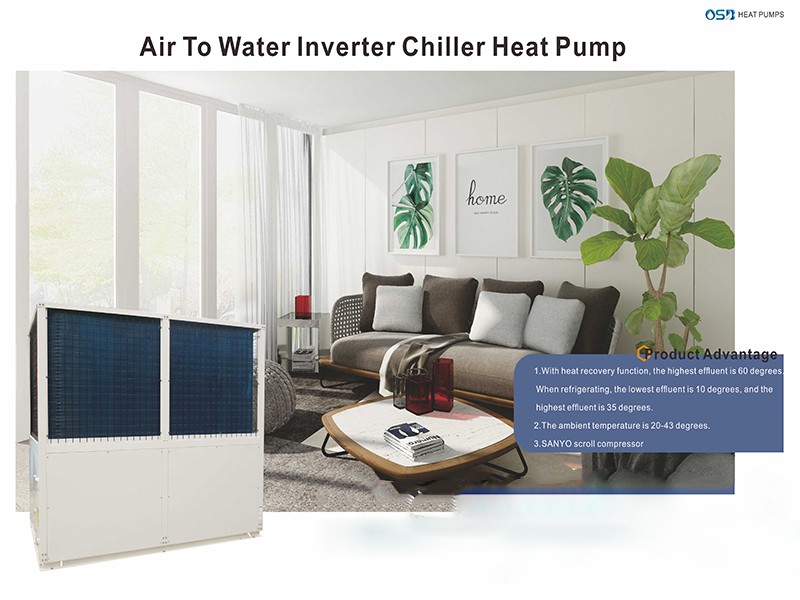The water energy nexus has been a regular subject in recent years. Power plants that feed most nations consume a lot of water, either directly or indirectly. When it comes to the feasibility study of a cooling plant, the debate of consuming water or not is very important. Depending on the results of this study, water-cooled or air-cooled chillers will be selected.

WHAT IS A CHILLER?
This device removes heat from a load and transfers it to the environment using a refrigeration system. This heat transfer device is the preferable cooling machine in power plants and other large-scale facilities.
It is simply a system consisting of an ethylene + water or water reservoir and circulation components. The cooling fluid is circulated from the reservoir to the equipment under cooling.
There are also air-cooled chillers, which disperse heat-using fans. These are more recent and common in power plants. In this post, we review the difference between the two technologies, leaving the choice of which one to pick to you.
WATER COOLED CHILLER
Water-cooled chiller systems have a cooling tower, thus they feature higher efficiency than air-cooled chillers.
Water-cooled chillers are more efficient because they condense depending on the ambient temperature bulb temperature, which is lower than the ambient dry bulb temperature. The lower a chiller condenses, the more efficient it is.
This system has several essential components including:
• Cooling towers
• Condenser water pumps
• Make-up water pumps
• Chillers
• TES reservoirs
What are the benefits of a water-cooled chiller?
Some users may prefer these chillers because of the smaller size they occupy as compared to air-cooled chillers. These chillers also feature higher efficiency and last longer than the mentioned alternative. Those who would like the equipment to be placed indoors may find the water-cooled machine desirable.
IN THE EVAPORATOR
The role of the evaporator is to produce chilled water. The device releases the water at about 6°C (42.8°F) and pushes it throughout the facility with the help of a pump.
A network of pipes passes the chilled water through every necessary section of the building. After exchanging coldness with room air, which blows across the Air Handling Units (AHU’s) and fan coil units (FCU’s), the water is now warmer at about 12°C (53.6°F). It returns to the evaporator where the refrigerant absorbs the unwanted heat and directs it to the condenser. The chilled water is cool once again and it can now continue to cool the facility. Note how this is called “chilled water” throughout no matter the temperature.
IN THE CONDENSER
A refrigerant brings unwanted heat from the evaporator and passes through the condenser. There is another loop connected to the condenser- the condenser water loop, which is between the cooling tower and the condenser.

